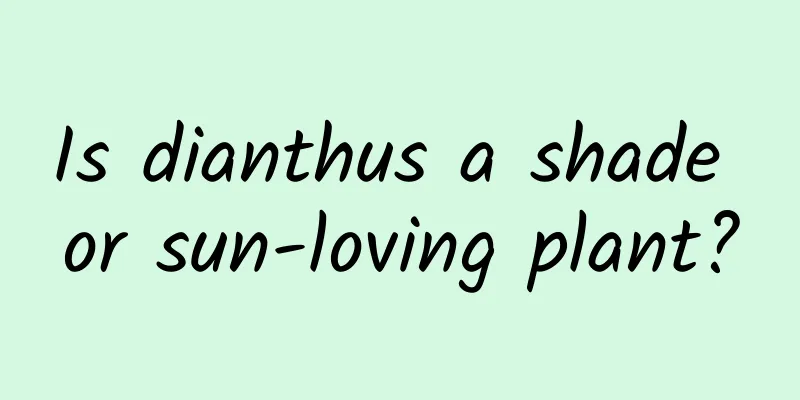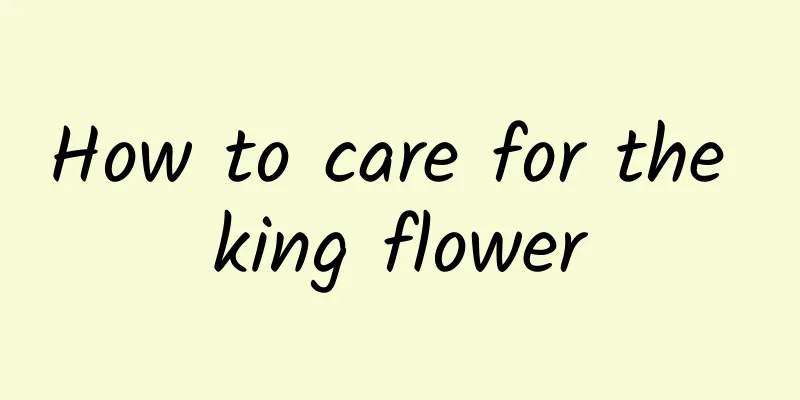Things to note when growing daisies

Things to note during the sowing phaseSpecial attention should be paid to light control, even in summer. There is no need to cover the soil when sowing daisies, but the light cannot be too strong. Appropriate shade is needed, and a thin layer of vermiculite can be used to cover it. The germination temperature needs to be maintained at 18°C; the substrate humidity is maintained between 80% and 90%, and the relative humidity of the air is required to be 100%; the pH value should be between 5.5 and 6.2, and no fertilizer is required during this period. In July and August, the greenhouse environment is mostly in a state of high temperature and high humidity, and it is necessary to use shade nets, fans, wet curtains and other facilities for ventilation and cooling. Plants growing true leavesThe air humidity should be reduced to prevent the substrate from being overly moist, and the substrate should be allowed to dry out between waterings. When the seedlings have 2 to 3 pairs of true leaves and the root system is fully developed, they can be hardened. Precautions during the seedling hardening stageWater control is particularly important, otherwise the seedlings will easily grow too tall. In order to avoid excessive growth, we must first ensure sufficient light. The stronger the better, as long as it is not higher than 50,000 lux, and it must be ensured to be no less than 10,000 lux. At the same time, ventilation should be strengthened, temperature and humidity should be controlled, and growth regulators should be used to inhibit excessive growth. Precautions for transplanting into potsThe pots used are mostly 12 cm diameter nutrient pots or flower pots. The substrate is required to be loose, with good drainage and air permeability, containing iron chelates and trace nutrients. The clay content is required to be between 15% and 30%, the pH value is 5.5 to 6.2, and the EC value is 0.5 to 0.75. After the daisies are potted, the light should be more sufficient, with at least 50,000 to 100,000 lux guaranteed in winter. During the production of finished flowers, top dressing once a week is sufficient. Pay attention to pest controlDaisies are susceptible to infection by pathogens, so avoid dense planting and keep the environment ventilated and breathable. If pests such as aphids appear, the infected plants or diseased leaves should be removed promptly. |
<<: The cultivation methods and precautions of golden diamond
>>: How to grow daisies in pots
Recommend
Characteristics of Kalanchoe
1. Appearance characteristics 1. Plant shape: The...
What to do if the gourd leaves turn yellow
1. Adjust the moisture The yellowing of gourd lea...
Best time to plant peony root
The best time to plant peony roots When planting ...
Cultivation method of Dendrobium densiflorum
1. Maintenance methods 1. Temperature: It likes t...
Cultivation methods and precautions of colored calla lily
1. Water It is necessary to water the colored cal...
The difference between Schefflera chinensis and Schefflera arborvitae
1. Difference of blades The leaflets of the Schef...
Tips for caring for money grass, how to propagate money grass
1. Maintenance skills 1. Loose soil: Moneywort ca...
How to grow butterfly plum, what to do when the leaves turn yellow
1. Breeding methods 1. Sunlight: It needs sunligh...
How to plant lotus? Planting time and method
Lotus Planting Time Lotus is planted from March t...
How to care for the beautiful water tower flower with beautiful flowers and leaves
Pot soil When cultivating water tower flowers, in...
Growth conditions and characteristics of Dendrobium officinale
Dendrobium officinale growth conditions Dendrobiu...
How to water the peace tree in summer
1. Watering time When watering the peace lily in ...
How to prune orchids?
Orchid pruning time There is no fixed time for pr...
How to make the ash tree bloom
1. Maintenance 1. Sunlight: If you want the plant...
How to propagate blueberries and what to pay attention to
How to Propagate Blueberries There are two main m...









